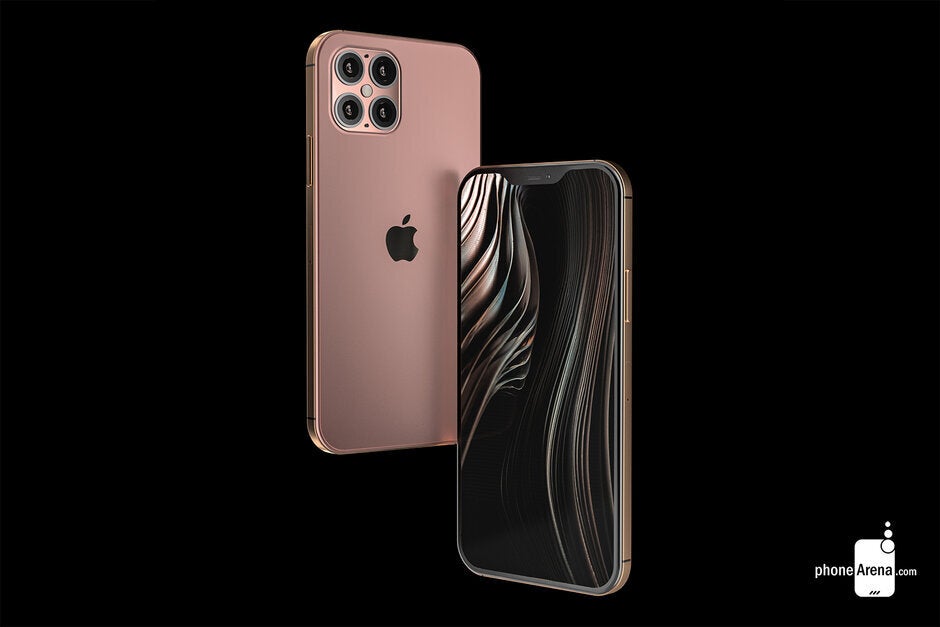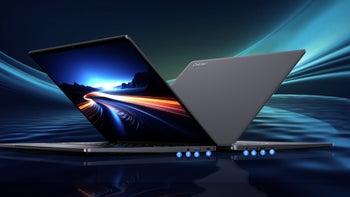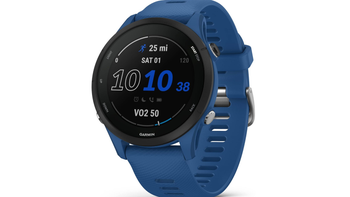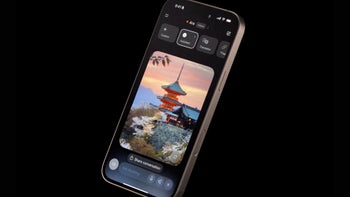Apple's fastest 5G iPhones might not be released until 2021

Since Apple started unveiling three new iPhones each September, 2019 was the first time that the company released all three new models (iPhone 11, iPhone 11 Pro, iPhone 11 Pro Max) at the same time. In 2017, the iPhone X was introduced on September 12th but the first AMOLED screened iOS handset (and the first to include the TrueDepth Camera and Face ID) didn't make it out the door until November 3rd. In 2018, the iPhone XR was announced on September 12th, but the "more affordable" model and its LCD based "Liquid Retina Display" wasn't launched until October 26th.
But as we already pointed out, Apple was perfectly in sync last year with its three new iPhones introduced on September 10th and released 10 days later. But if trading firm Susquehanna International is right, we could see Apple's fastest 5G iPhones delayed until 2021. CNBC reports today that in a note sent to clients, Susquehanna said that Apple will release its first 5G phones in September. But those models will support sub-6GHz 5G networks like the nationwide service that T-Mobile rolled out early last month. The latter uses its low-band 600MHz spectrum which travels farther and penetrates buildings better than the ultra-high mmWave 5G airwaves. However, mmWave signals do offer faster data speeds and can handle larger amounts of network traffic. Because these signals don't travel as far, areas covered by this spectrum are very limited at the moment.
Apple wants to build the antenna module for its fastest iPhones in-house
Susquehanna says that the first 5G iPhones available this coming September will sport LCD screens while those that connect to the faster mmWave 5G signals will be equipped with OLED panels. This contradicts the latest forecast made by reliable TF International analyst Ming-Chi Kuo who said that Apple will unveil five phones in 2020 with only the "budget" iPhone 9 model expected to feature an LCD display. Kuo believes that the 2020 lineup will also include a 5.4-inch iPhone 12, a 6.1-inch iPhone 12 Plus, a 6.1-inch iPhone 12 Pro and a 6.7-inch iPhone 12 Pro Max. The analyst says that the difference between the two 6.1-inch models is that the iPhone 12 Plus will feature two cameras on the back compared to three for the iPhone 12 Pro.

Render of the 2020 Apple iPhone 12 Pro Max
The iPhone models supporting mmWave signals could end up released in December 2020 or as late as January 2021. Susquehanna spoke with its sources in Apple's supply chain and discovered that the delay is due to Apple's desire to use its own antenna modules instead of purchasing them from a third-party. In its note to clients, the trading firm said, "The delay in the launch, according to our checks, stems from Apple’s decision to in-source Antenna-in-Package (AiP) modules instead of purchasing from a 3rd party." The firm does believe that Apple will introduce all of its 5G iPhones at the same event later this year and that the iPhone 12 Pro models will work with both sub-6GHz and mmWave 5G spectrum.
5G is the next generation of wireless connectivity with mmWave download data speeds as much as 10 times faster than 4G LTE. While this will allow users to download a full-length HD movie in seconds instead of minutes, 5G is about much more than that. With the faster speeds, new technologies and industries will be created; countries that are the first to harness 5G could participate in a global economic boom revolving around the faster signals and the lower latency. One industry that will surely benefit eventually is the struggling smartphone business. While there might not be a rush by consumers to swap their 4G handset for a new 5G model, once the faster signals become more widespread, a boom in 5G phone sales will take place.










Things that are NOT allowed: